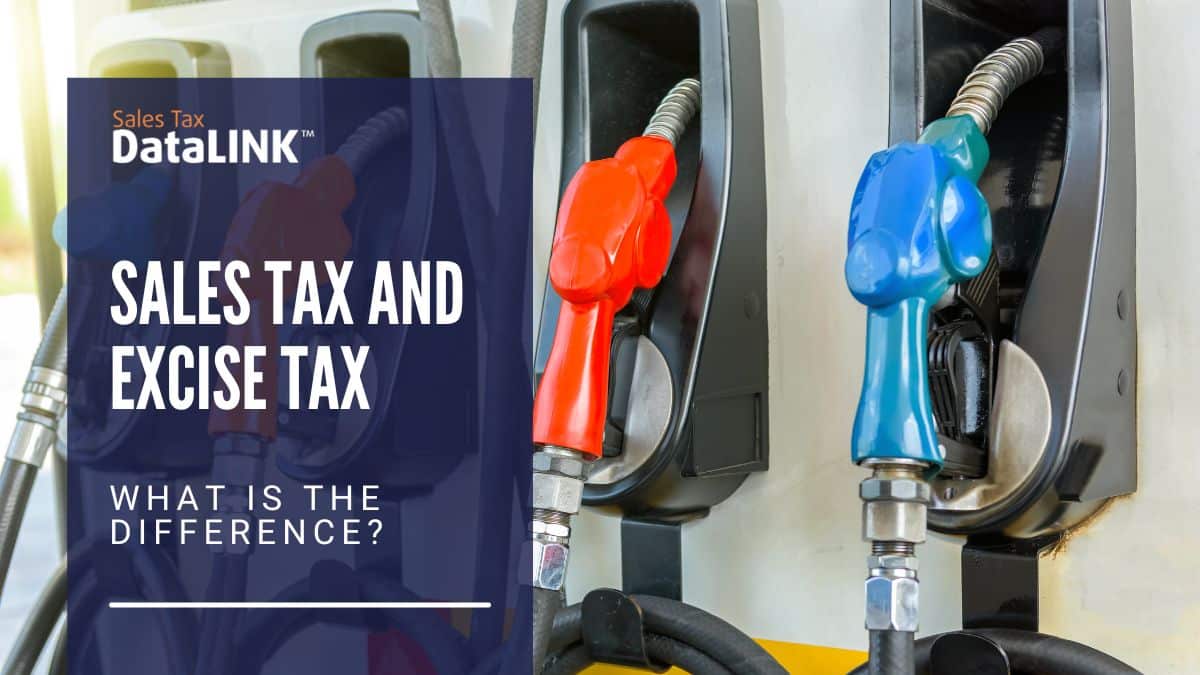Do you know the difference between sales tax and excise tax?
The difference between these two types of tax can make a big difference for businesses — especially manufacturers.
What’s an excise tax?
Excise taxes apply to specific goods and services. Often they focus on things that are considered problematic for society. For example, cigarettes, alcohol, and tanning salons often have excise taxes applied. These taxes are sometimes called “sin taxes.” Often, the revenue from these taxes is applied to the government’s costs for extra healthcare and other consequences of the product.
Excise taxes are usually applied to purchases by the piece. So consumers may pay an extra dollar on every pack of cigarettes for the federal excise tax, plus another couple of dollars for state excise tax. These taxes are generally part of the price of the goods they’re applied to, not a separate tax on the purchase. However, they can be collected at various points depending on the specific products involved.
Manufacturers may have to pay excise taxes to the government. They are usually passed on to the consumer as part of the price of the goods at final sale, though the manufacturer may share in the cost.
What’s a sales tax?
Sales taxes are applied to a variety of goods and services. Often, goods that are considered essentials for daily life, such as food and clothing, are exempt from sales tax. Sales tax may also be structured in ways that are intended to cause changes in consumer behavior, just as excise taxes are.
Sales tax is charged as a percentage and added to the cost of the goods and services they’re applied to. So a consumer who buys $100 in taxable products in a jurisdiction with a 6% sales tax will pay $106 in total.
Sales tax is usually charged to the consumer in retail sales or in sales of services. The seller collects the tax and pays it to the government. However, manufacturers may sometimes be required to collect sales tax. Drop shipment, direct sales to consumers, service of products, or sales of replacement parts can all create sales tax responsibilities.
In some states, thresholds for nexus can be based on total sales within the state, including wholesale purchases by resellers. That can mean that your sales of $100,000 to retailers, plus $10.00 worth of replacement hardware to an individual, can give you a nexus in the state where you make those sales.
Automate your sales tax
SalesTax DataLINK offers a solution for sales tax compliance. From calculations to filing, our sales tax software solutions give you accurate results at a reasonable cost.
Our comprehensive sales tax services make sales tax compliance even simpler. We can determine the jurisdictions in which you have nexus, take care of registration, and even handle your calculations and filing. We find that many of our clients save both time and money by outsourcing their sales tax compliance to our team of experts.
Arrange a demo today
Sales Tax DataLINK.will present a demo using your data so you can see how well it will mesh with your workflow. Call now! 479-715-4275




